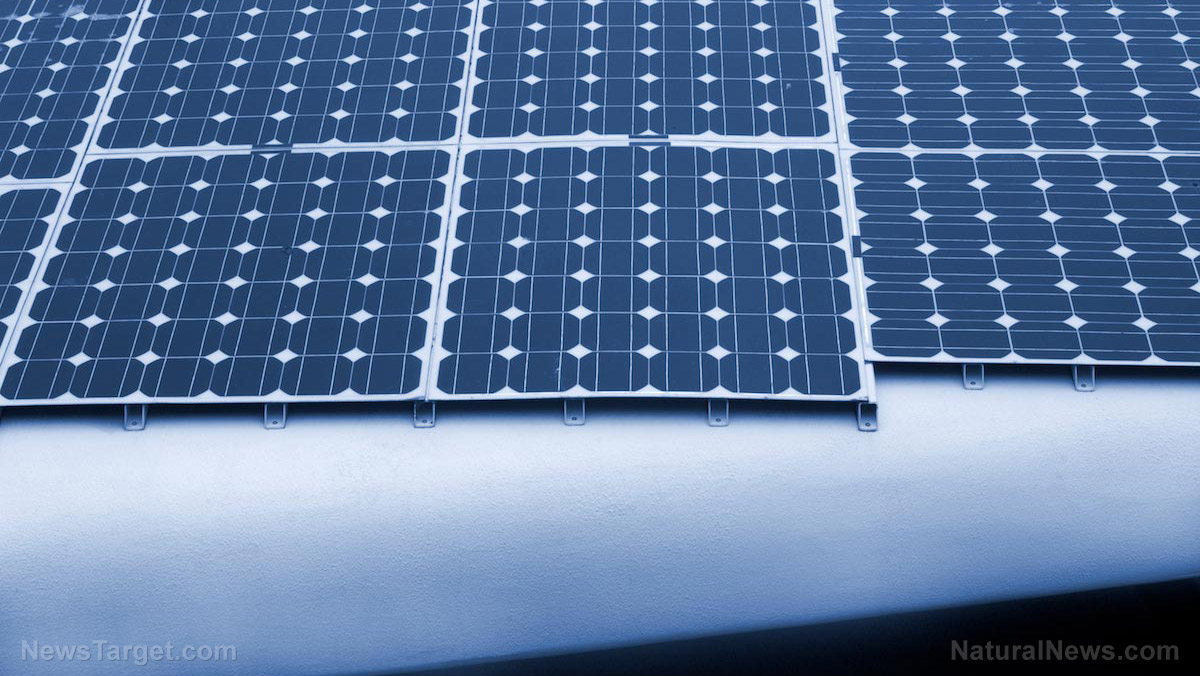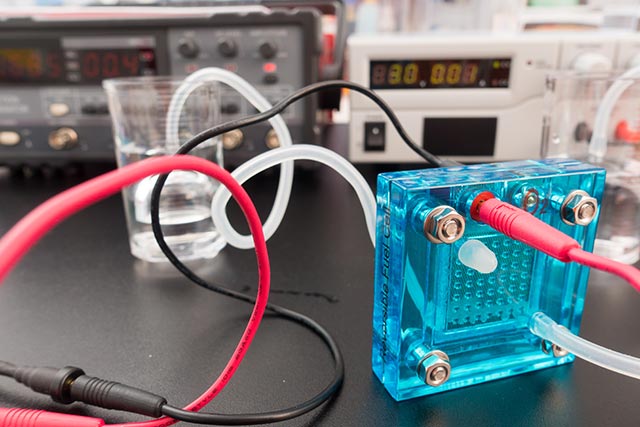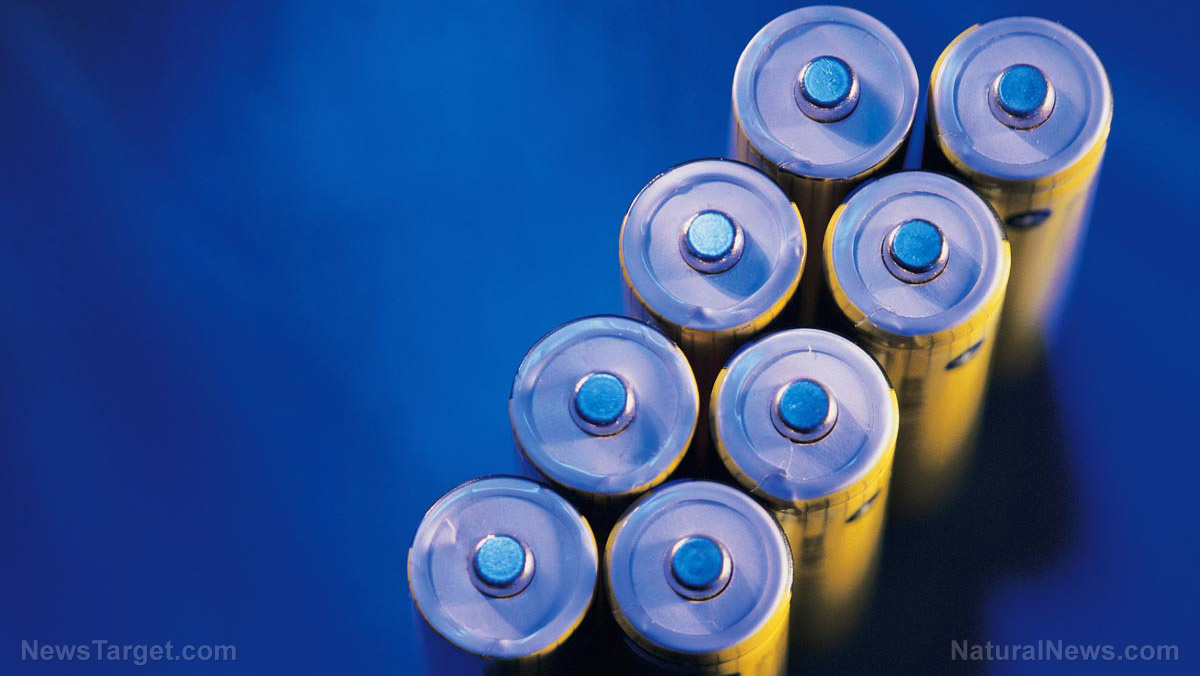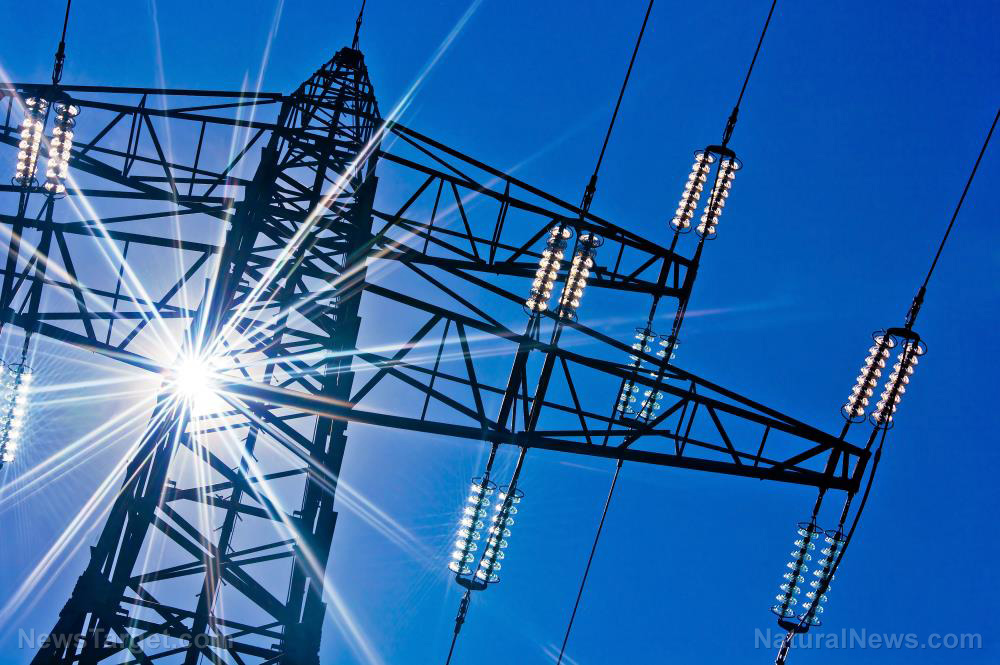New floating PV panels can generate up to 10 percent of U.S. electricity needs
04/16/2019 / By Edsel Cook

In order to conserve land, researchers proposed an alternative location for space-intensive solar energy farms. They wanted to set up floating solar photovoltaic arrays on the surfaces of the thousands of artificial reservoirs that provide drinking water and hydroelectric power to the United States.
A recent study conducted by the National Renewable Energy Laboratory (NREL) pointed out that there were more than 24,000 man-made lakes and reservoirs scattered throughout the U.S. The research team calculated that these artificial bodies of water could hold enough floating photovoltaic panels to produce up to 10 percent of the nation’s yearly output of electricity.
Entitled “Floating PV: Assessing the Technical Potential of Photovoltaic Systems on Man-Made Water Bodies in the Continental U.S.”, the study was published in the journal Environmental Science & Technology. It is the first serious attempt to gauge the potential of floating photovoltaics systems to generate energy in the U.S. (Related: How to build your own DIY portable solar power box for emergencies.)
Floating solar photovoltaics is an American concept that became popular overseas
Floating photovoltaic panels are an American innovation. In 2009, an irrigation pond in Napa Valley, California hosted the first ever floating solar facility. The photovoltaic panels were kept afloat by pontoons.
Despite being the nation to first come up with the idea, the U.S. did not pursue the construction of floating solar farms on a larger scale. Instead, it concentrated on setting up conventional, if sizable, solar farms on the ground. Eight years after the Napa Valley site started generating electricity, the California-based facility is one of just seven floating photovoltaic sites in the country.
The idea appeared to have caught fire outside of the U.S. in recent years. By the end of 2018, more than 100 operational floating photovoltaic sites have been in operation around the world. They are especially popular in resource-limited and space-constrained Japan, which built and operated 56 of the largest examples of floating solar farms.
“In the United States, it’s been a niche application; where in other places, it’s really been a necessity,” explained NREL researcher Jordan Macknick, who made a living analyzing available energy, land, and water resources. “We’re expecting it to take off in the United States, especially in areas that are land-constrained and where there’s a major conflict between solar encroaching on farmland.”
Getting the most out of artificial reservoirs with floating solar panels
In their paper, Macknick and his colleagues calculated that the combined artificial and natural bodies of water in the U.S. could provide 2.1 million hectares of surface area to support floating photovoltaic sites. This would save a corresponding amount of land, which could be used for farming, housing, and other purposes.
Furthermore, floating photovoltaic systems could generate additional energy and save even more money if they were set up in the reservoirs that provided water to hydroelectric power facilities. The new solar farms could be hooked up to the existing infrastructure, thereby removing the need to erect new power lines and transmission towers.
Floating photovoltaics offered additional benefits that were not connected to power generation. Since they blocked and absorbed sunlight, they reduced the amount of light that hit the water. They reduced the amount of water lost through evaporation and greatly slowed down the growth of algae that might otherwise contaminate the potable water in reservoirs.
“The cost of acquiring and developing land is becoming a larger part of the cost of a solar project,” explained study co-author Adam Warren, who headed the Integrated Applications Center of the NREL. “In some places, like islands, the price of land is quite high, and we are seeing a rapid adoption of floating solar.”
Read more news about energy breakthroughs at NewEnergyReport.com.
Sources include:
Tagged Under: electricity, floating photovoltaics, future tech, goodtech, hydroelectric power, Photovoltaics, power grid, renewable energy, reservoirs, solar energy, solar farms, solar power

















